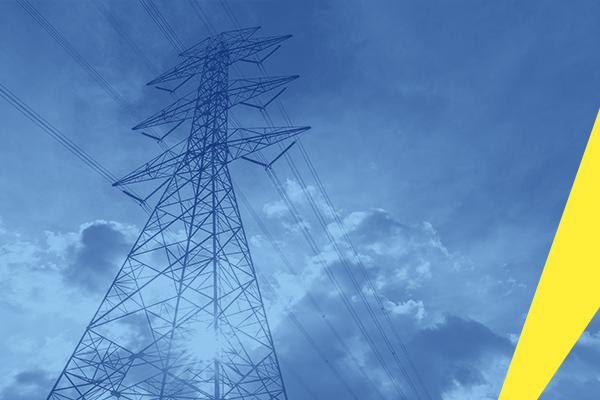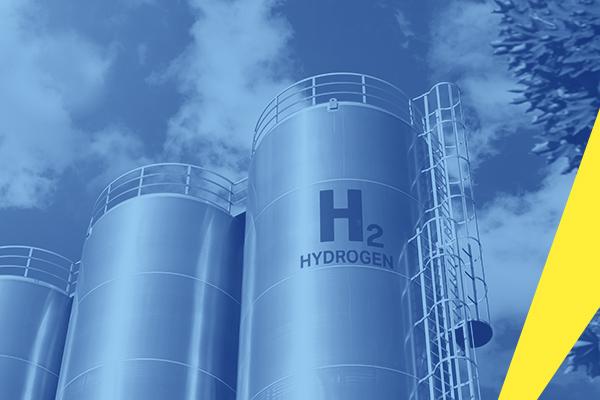The Recovery and Resilience Facility (RRF) is a temporary instrument, launched in 2021, to help the EU emerge stronger and more resilient from the coronavirus pandemic and increase the resilience of the national economies.
The facility in figures
The RRF is the largest EU funding programme, with €648 billion committed overall.
All EU countries must dedicate at least 37% to measures supporting the green transition in their Recovery and Resilience Plans (RRPs), and all countries exceeded this target, reaching 42%, on average by May 2024.
In total, climate expenditure amounts to around €275 billion, with more than €184 billion supporting energy-related measures.
Objective and result
The Recovery and Resilience Fund (RRF) has the two-fold objective of helping EU countries recover from the COVID-19 pandemic, as well as bolstering their resilience and making our economies and societies greener, more digital and more competitive. It channels EU funding for the implementation of the REPowerEU plan to accelerate the clean energy transition and boost EU competitiveness.
Through the RRF, the Commission raises funds by borrowing on the capital markets, issuing bonds on behalf of the EU, which are then available to EU countries for their implementation of ambitious reforms and investments that
- make their economies and societies more sustainable, resilient and prepared for the green transition and digital transition
- address the challenges identified in country-specific recommendations under the European Semester framework of economic and social policy coordination
Mid-term evaluation
According to the Commission’s mid-term evaluation of the RRF, published in February 2024, more than 1,150 milestones and targets from a total of 7,092 were satisfactorily fulfilled, close to €225 billion have been disbursed to support the EU countries’ economic recovery.
Video source: EC audiovisual portal, 10 April 2024

More than half of the total energy-related funding (€106.5 billion) is allocated to energy efficiency measures, to help European citizens, businesses and industry to save energy and reduce their dependence on fossil fuel imports. This includes €25.5 billion for energy efficiency measures in industry and about €81 billion for energy efficiency in buildings, comprising €45 billion for private buildings, €22.5 billion for public buildings and €13.5 billion to construct new buildings.
26 EU countries included investments in energy efficiency in their RRPs. Portugal and Slovakia allocate more than 30% of their RRP’s funds to this area, followed by the Netherlands and France, with 29% and 26% respectively allocated to energy efficiency. In absolute terms, Spain, Italy, France and Poland are the countries allocating the largest amounts to energy efficiency measures.
Overall, the Facility is expected to help save over 28 million megawatt hours (MWh) in energy consumption.

About €34.2 billion is allocated to supporting a faster deployment of renewable energy. 23 EU countries have included reforms on renewables permitting and 9 have included reforms to enhance the regulatory framework for the operation of energy communities. These reforms are aligned with the Commission’s guidance and recommendations on permitting, adopted in May 2024, as part of the 'REPowerEU – 2 years on' package.
Energy infrastructure
Approximately €25 billion is allocated to support electricity networks, storage and smart meters, and €1.6 billion to support 3 gas infrastructure projects needed to address immediate security of supply concerns in Croatia, Italy and Poland.

Many EU countries included reforms to enhance the power grid's ability to manage the variability of renewable energy sources, focusing on
- easing the integration of distributed energy resources
- enabling demand response to improve grid flexibility and efficiency
- implementing technological upgrades, such as energy storage solutions

The RRF also supports the production and uptake of renewable and low carbon hydrogen (about €13.6 billion), including for Important Projects of Common European Interest (IPCEIs).
The measures include supporting isolated, self-standing hydrogen systems of production and consumption (‘hydrogen valleys’) and strengthening the supply chain, including through pioneering projects.
National Recovery and Resiliency Plans 2023
The Council has approved all 27 revised Recovery and Resiliency Plans (RRPs), of which 23 include a REPowerEU chapter.
Implementation and expected results
The RRPs will help EU countries achieve the 2030 targets for renewables and energy efficiency, and paves the way towards reaching the EU’s objectives for 2040.
Already by 2026, the RRPs are expected to bring tangible deliverables, such as
- 60 GW of additional renewable capacity, including more than 15 GW for offshore wind
- promote 28 million MWh of savings in annual primary energy consumption
- modernise 14,000 km of electricity transmission and distribution lines
- deploy more than 2.5 GW of hydrogen electrolyser capacity
The RRPs are a significant part of the measures included in the National Energy and Climate Plans (NECPs). The measures included in the REPowerEU chapters, and more generally in the RRPs, will also bring tangible results aligned with the EU Solar Energy Strategy, the Wind Power Package, the Action Plan on electricity grids and the recommendation and guidance on speeding up permit-granting for renewable energy and related infrastructure projects.
